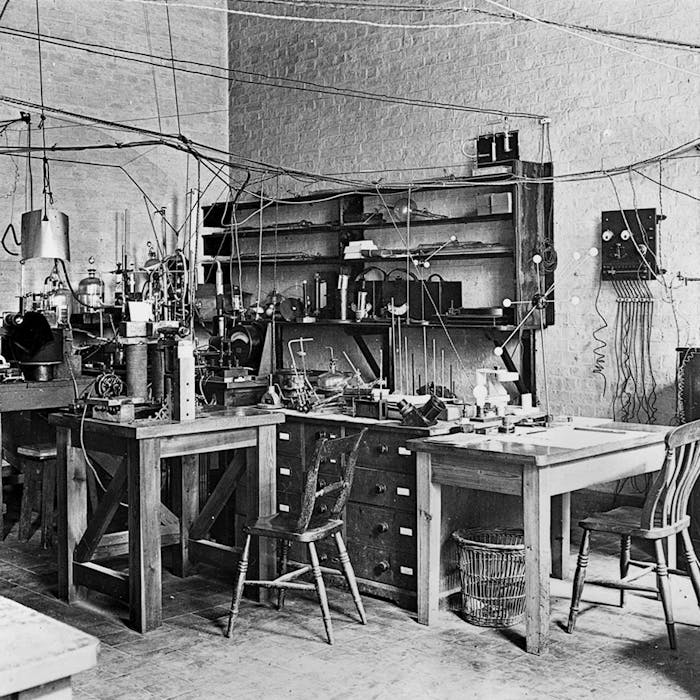
The Cavendish Laboratory - the birthplace of world-changing science
One of the most famous places in the world of science is the Cavendish Laboratory in Cambridge - which, since its opening in 1874, has had an extraordinary history of discovery and innovation in Physics.
The Cavendish Laboratory was opened at Cambridge University when it became clear that there was a need or the practical training of scientists and engineers.
Up till that time, physics meant theoretical physics and was regarded as the province of mathematicians. The outstanding experimental contributions of Isaac Newton, Thomas Young and George Gabriel Stokes were all carried out in their colleges.
The plan to build a dedicated experimental physics laboratory was achieved through the generosity of the Chancellor of the University, William Cavendish, the Seventh Duke of Devonshire. He provided £6,300 to meet the costs of building a physics laboratory, on condition that the Colleges provided the funding for a Professorship of Experimental Physics. This led to the appointment of James Clerk Maxwell as the first Cavendish professor.
The laboratory was named both after William Cavendish and his relative, the famed chemist and physicist Henry Cavendish.
Landmark early physics discoveries made at the Cavendish include the discovery of the electron by J.J. Thomson (1897), the Townsend discharge by John Sealy Townsend, and the development of the cloud chamber by C.T.R. Wilson.
Ernest Rutherford became Director of the Cavendish Laboratory in 1919. Under his leadership the neutron was discovered by James Chadwick in 1932, and in the same year the first experiment to split the nucleus in a fully controlled manner was performed by students working under his direction; John Cockcroft and Ernest Walton.
Teams at the Cavendish Laboratory were also involved in research into the creation of the Atomic Bomb during World War 2.
Francis Crick and James Watson were also working at the Cavendish when they discovered the structure of DNA.
The Cavendish Laboratory moved to a new site in West Cambridge in the 1970s.
Further reading
Links to external websites are not maintained by Bite Sized Britain. They are provided to give users access to additional information. Bite Sized Britain is not responsible for the content of these external websites.
